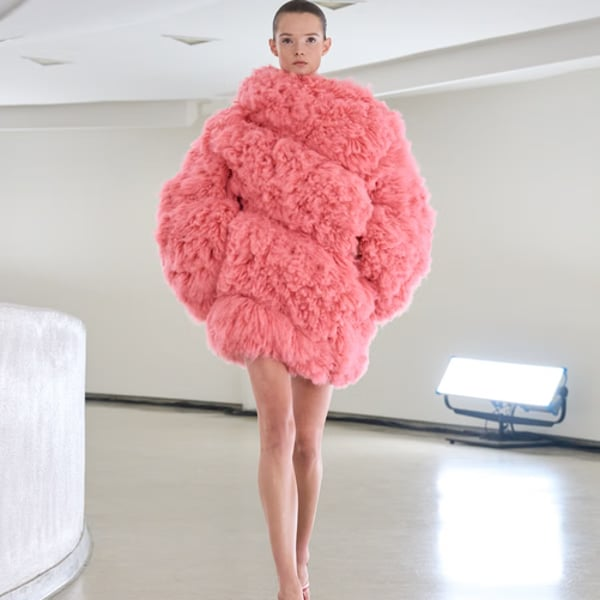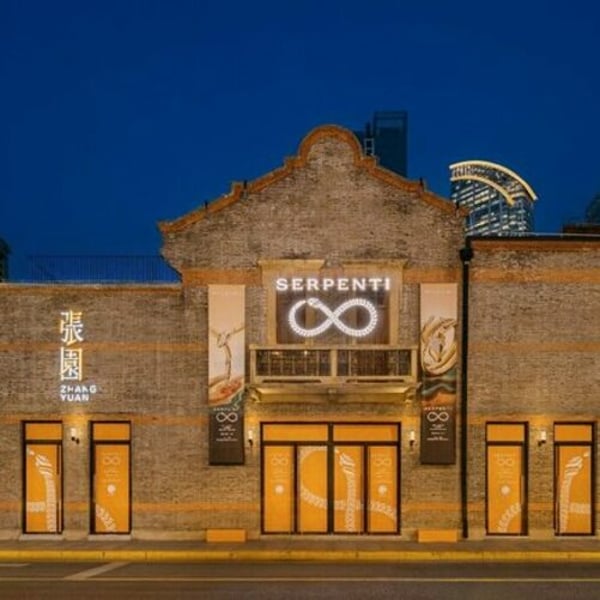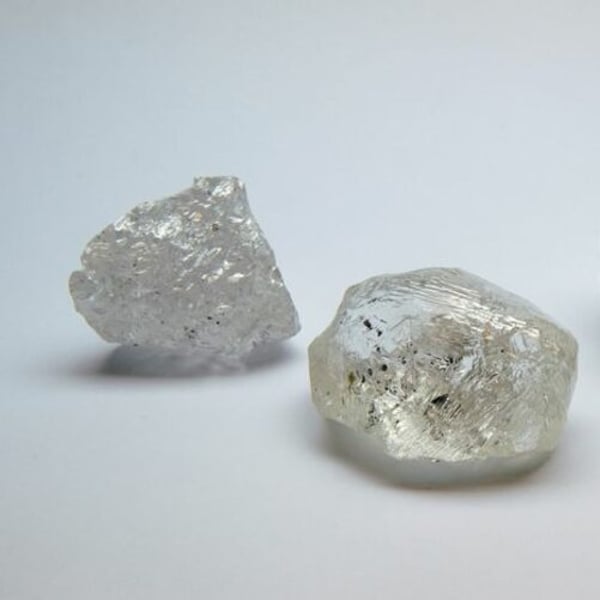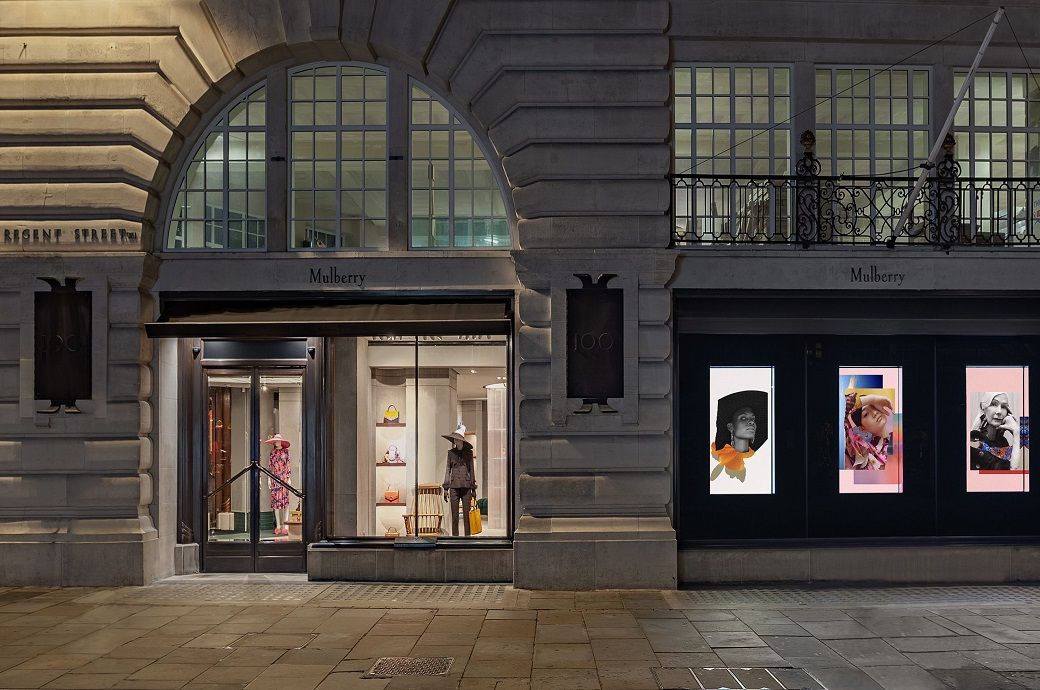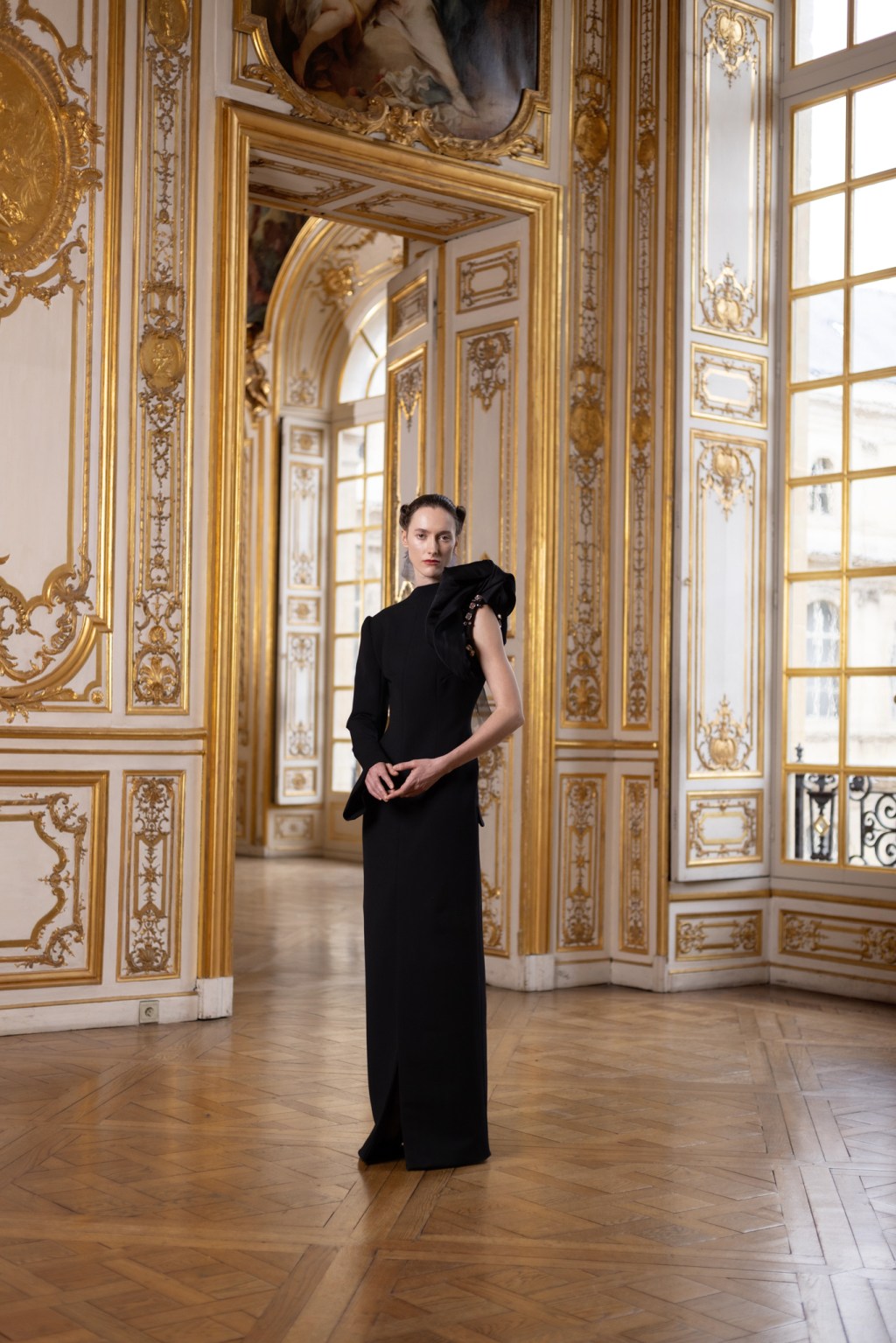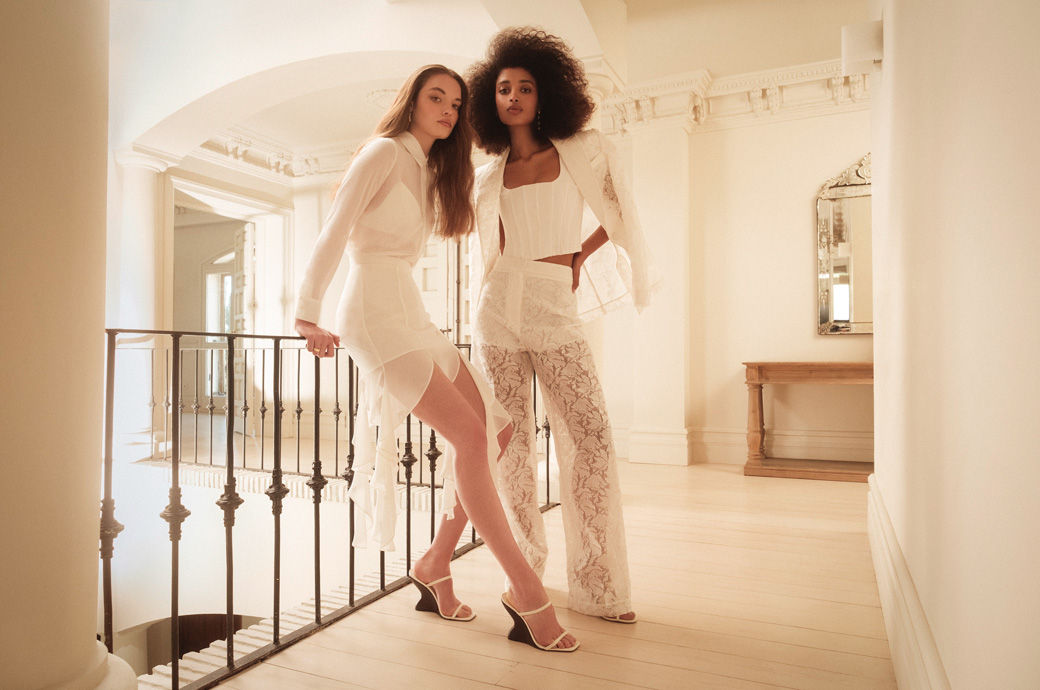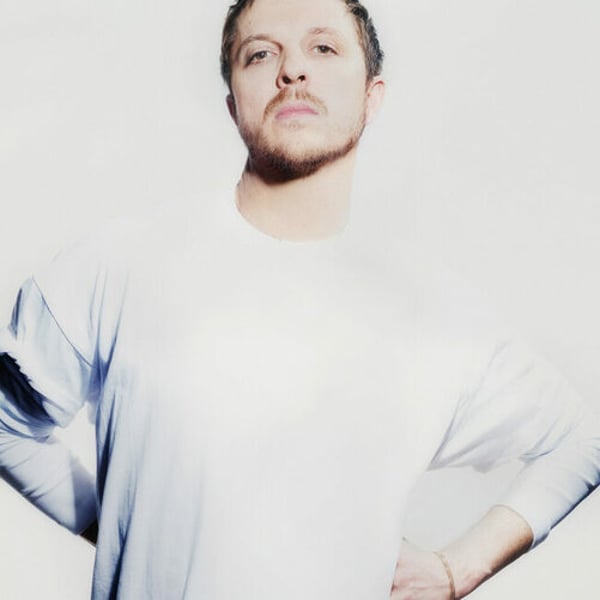Two powerful shows by Willy Chavarria and Alaïa by Pieter Mulier capped the first full day of action at New York Fashion Week: the first a major political statement, the second an aesthetic proclamation.
Located miles apart, both physically and artistically—Willie Chavarría at the center of Wall Street and Alaïa at the center of the Solomon R. Guggenheim Museum—yet each encapsulates New York’s magnetic appeal to foreign creatives.
The most profound show of the day was undoubtedly Chavarría’s, whose fashion statement felt like a huge triumph for both the designer and BIPOC culture.
Chavarría invited attendees to the financial heart of the United States, Wall Street, and staged his show inside a disused bank, leaving copies of the US constitution on every seat. Produced by the American Civil Liberties Union (ACLU), the booklet also contained precise advice on what to do if questioned by the police, whether on the street, in a car or in your own home. The ACLU also pointedly reminded readers of their rights, from freedom of speech to freedom of assembly, on a sunny Friday in New York, which began with a fashion march in support of voting rights attended by thousands of fashionistas, with the presence of first lady Jill Biden.
Titled “America,” spelled with an “E” in Spanish, Chavarría’s show began with a performance by a mariachi band and ended with Willy leading his cast in a much-applauded finale, all posing beneath a huge stars-and-stripes flag.
Throughout the collection there was a brilliant visual dissertation on the broad roots of BIPOC (i.e. Black, Indigenous, and People of Color) culture.
The event took place on a dusty construction site, and along with its cocktails (tequila with red roses), the atmosphere crackled even before the first model appeared.
A mixed-gender show, where the girls wore wide-sleeved flight jackets paired with black shirts and ties, suede blouses with long or long sleeves, or sexy capri pants topped with sports jackets.
Menswear was stylishly tailored, from sleeveless flight jackets and matinee trousers with inverted pleats to fox fur jackets and smart blazers with giant lapels.
Everyone got a Latino makeover, including veteran '90s superstar Scott Barnhill, complete with a pencil mustache and slicked-back pompadour.
In a show that presented a sensational new capsule collaboration with adidas, the best current expression of active, cool downtown sport.
In November, the United States is on the cusp of finally breaking a key historical boundary: electing a woman president. But one of those who left this show thought that America will never truly be at peace until the original heirs of this great country — the many BIPOC clans — have one of their own in the White House. Their day will come.
Wearing a sleeveless sweatshirt emblazoned with the ACLU, the California-born Chavarría bowed on a long runway tour, like a Roman general celebrating a triumph. He expressed his desire for equal rights and justice in the United States, while also proclaiming his love for his country. Ray Charles' America the Beautiful played to the soundtrack.
Alaïa at the Guggenheim
An hour later, the fashion elite gathered on the ground floor of the Guggenheim for Pieter Mulier's latest collection for the house of Alaïa. The first official show to be held in the legendary building designed by Frank Lloyd Wright.

The circular style of Pieter's latest collection in Paris, which reminded him of the organic and geometric shape of the Guggenheim, was the starting point for this show. So much so that the house even added a series of circular benches on which most of the guests sat.
After a 40-minute delay, Rihanna appeared in a white circus leotard and a huge metallic cloak, signaling that the show could begin. It was certainly worth the wait.
Mulier increasingly appears to be the ideal successor to the late Azzedine Alaïa. Respectful of the DNA of the house, adept at playing with Azzedine's obsession with jersey, but shrewd enough to take plenty of risks with volume.
Like Chavarría, who worked for many years for Ralph Lauren and Calvin Klein, Mulier served a long apprenticeship as Raf Simons' right-hand man at four houses.
Now it’s her turn, as she dazzled with a masterful edit: flirty tennis skirts paired with micro tops; harem pants topped with micro peplums; flamenco dresses cut like minis. Done entirely without prints, but draped with aplomb and a perfect sense of bias cutting, this was a collection that models clearly loved wearing. Right down to the cloud-like faux fur double-breasted jackets and cocoon-like coats in a show that saw the cast descend all six levels of the spherical museum.
Lloyd Wright would surely have loved this spectacle and this collection, which earned Mulier a two-minute standing ovation.
Copyright © 2024 FashionNetwork.com All rights reserved.

